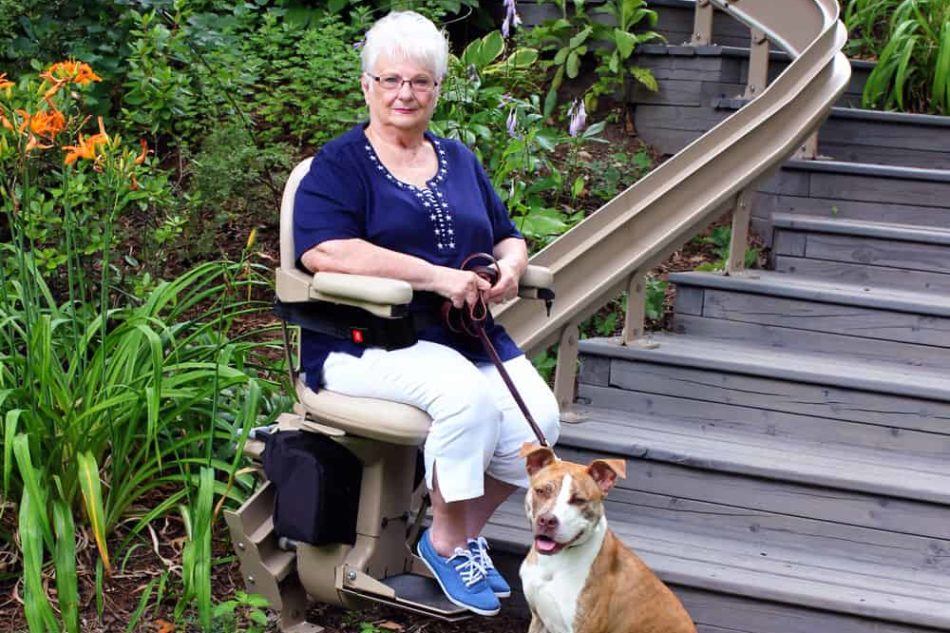
Disabilities can change the way we operate in day-to-day life, even in spaces as familiar as our home. In fact, the home can quickly become a challenging space full of obstacles when new disabilities impact our lives. Stairs, bathrooms, doorknobs, and certain surfaces may suddenly become hazardous, and it may be overwhelming to try and adapt. Thankfully, several solutions exist to make your home life feel as normal as ever. In fact, updating your home can ensure safety, create comfort, and enable autonomous living. Below, explore 10 ways to transform a house into a handicap accessible home for you or your loved ones living with disabilities.
1. Replace stairs with ramps
Stairs are a hazard for many, not just those in wheelchairs but for anyone with limited mobility. They also tend to pop up in almost any architectural style. Even if your home is a single-story ranch, you likely have at least one or two steps leading from your stoop to your doorway, or from an interior landing to a living room. Several ramp styles exist to meet any needs; collapsible ramps allow for easy storage, portable ramps mean you can quickly transform any step into a wheelchair accessible entry on the go, and threshold ramps make an entryway instantly accessible. 101 Mobility’s indoor and outdoor home ramps provide safe and reliable room-to-room access for people with walkers, wheelchairs, power chairs, and other mobility aids..
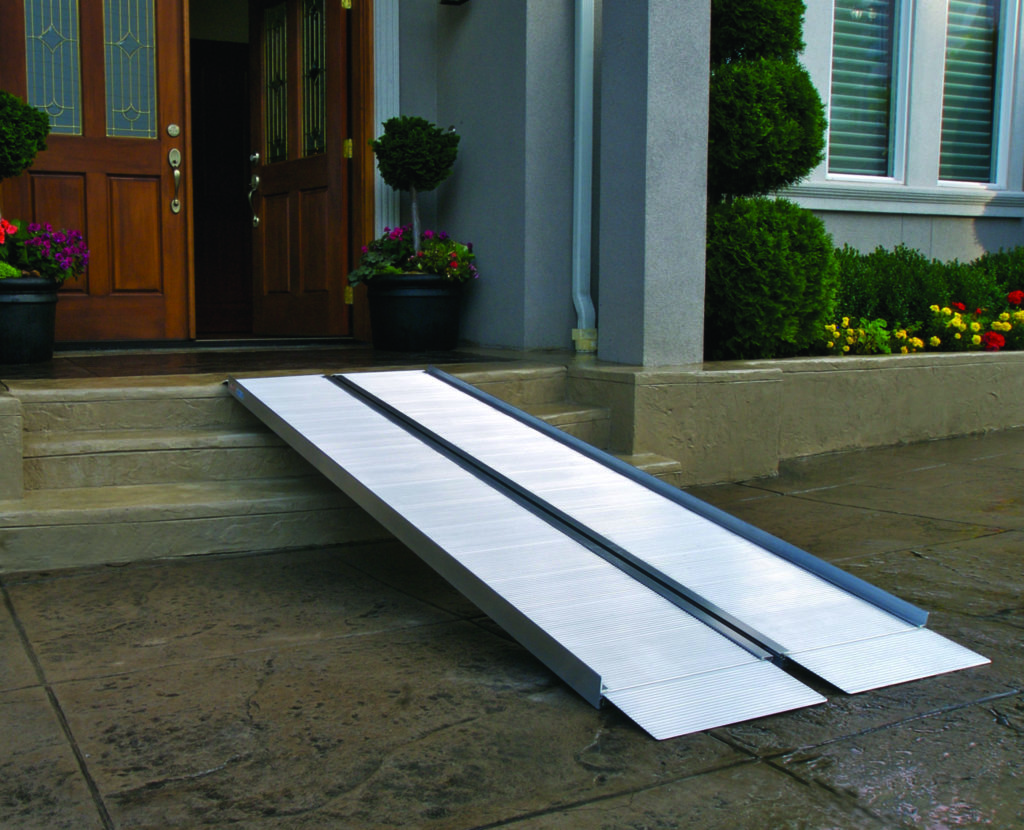 |
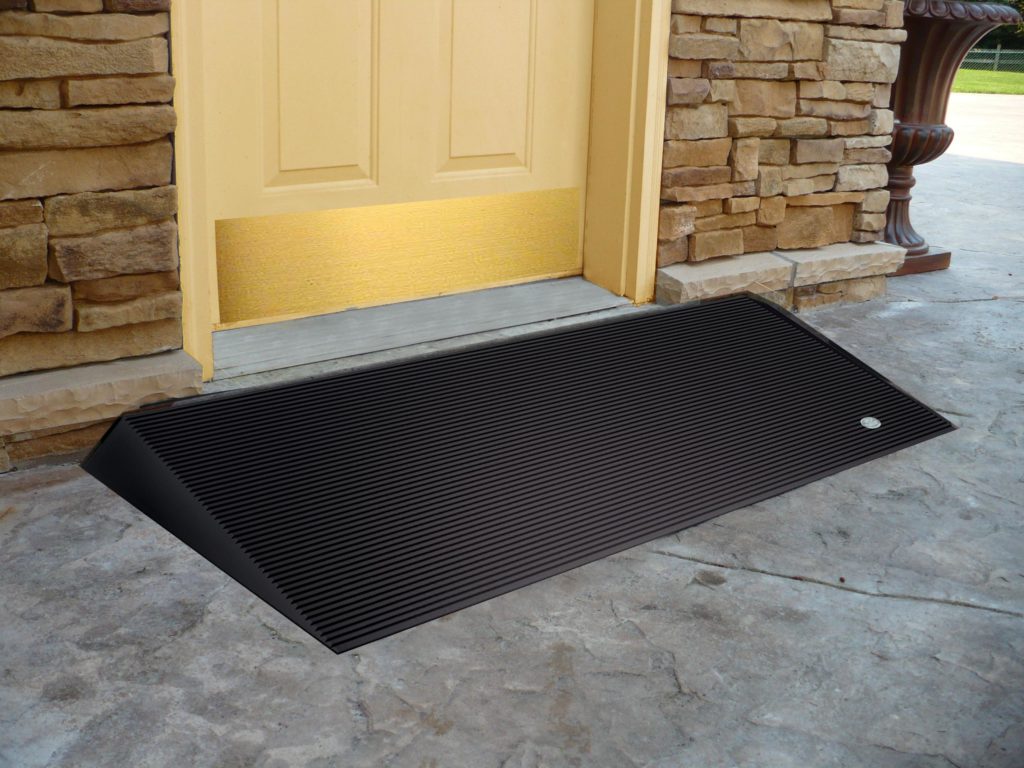 |
2. Install a stair lift
If you or your loved one finds stairs to be a cumbersome obstacle, consider installing a stair lift. Stair lifts come in a wide variety of styles, and can be installed as a permanent home modification, or can be an on-the-go solutions, such as a portable stair climber. Stair lifts turn multi-level homes or even front yard steps into accessible homes for those with limited mobility. Installing them will level out your home and create a safe, accessible space.
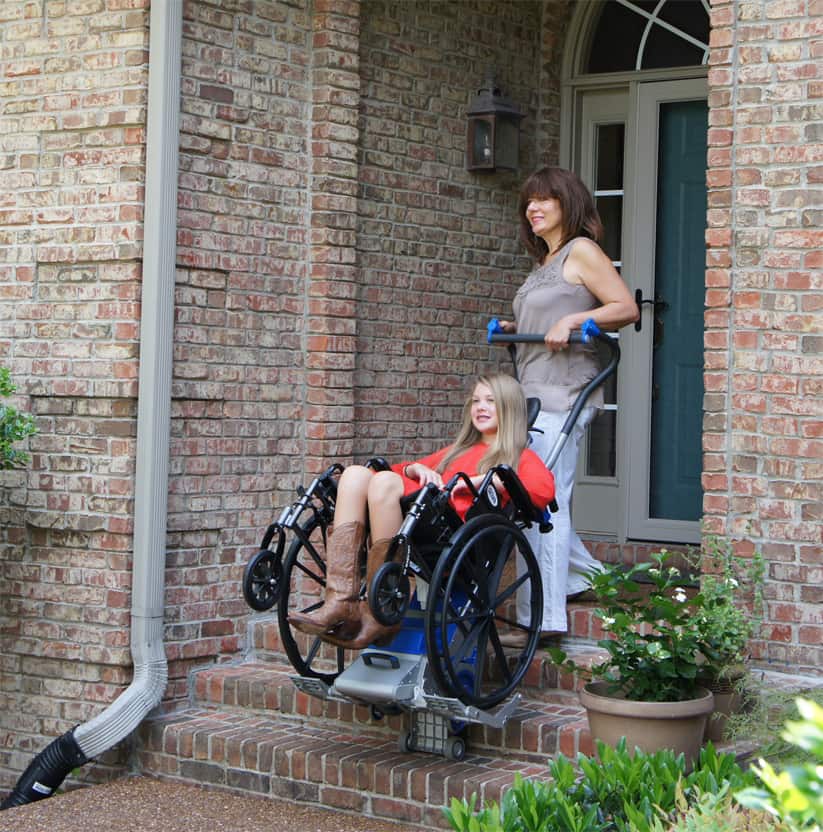 |
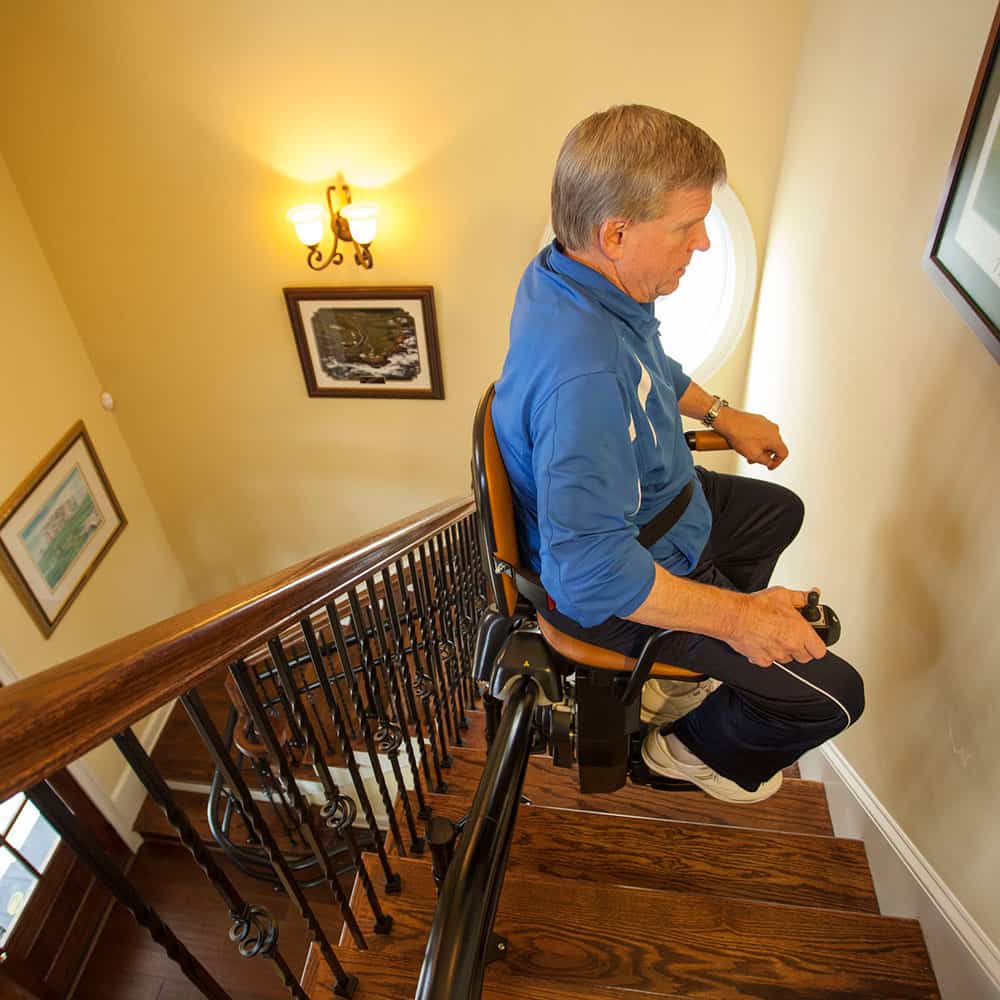 |
3. Consider an elevator
An alternative to a stair lift, elevators can be a great solution for those with limited mobility. They can be elegant, safe, reliable, and swift. They can also be integrated into existing architecture. You may think installing an elevator is cost prohibitive, but putting an elevator in your home drives up the home’s value—often to a point much higher than the cost of installation. More importantly, your investment will make your home accessible to anyone.
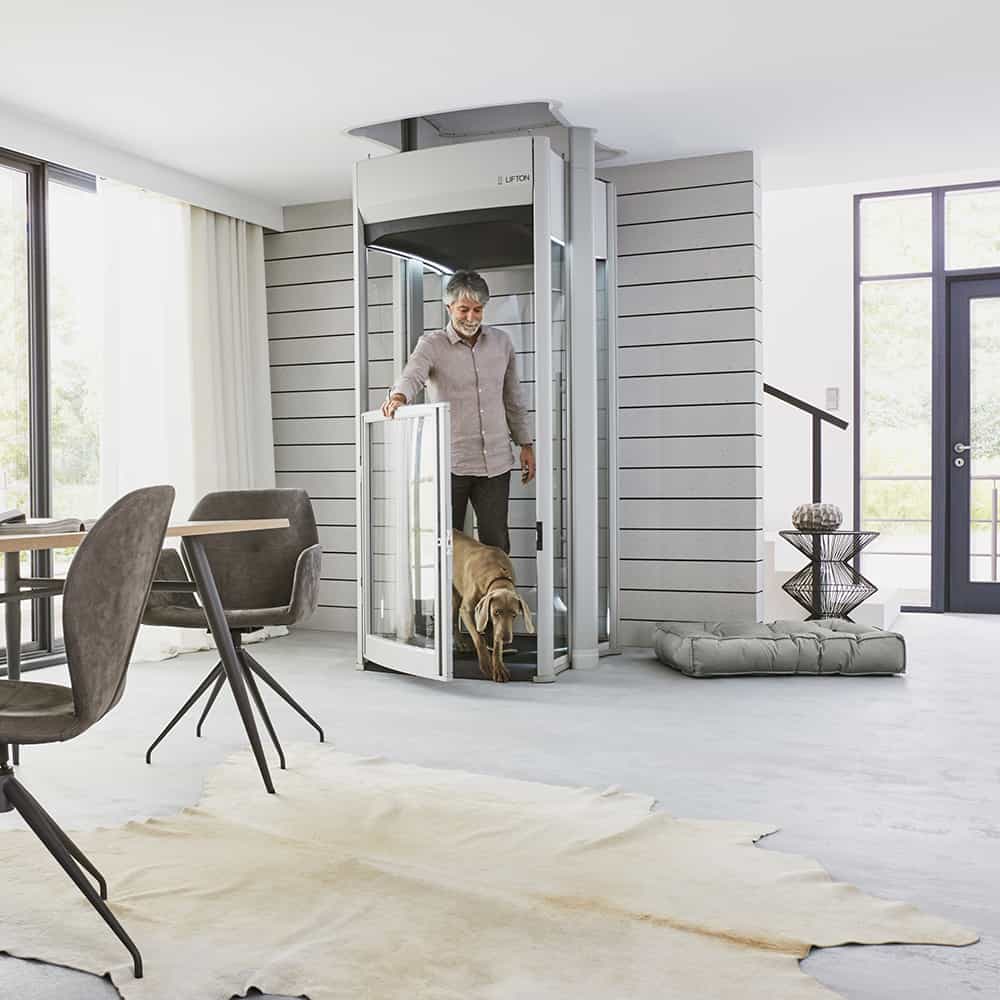 |
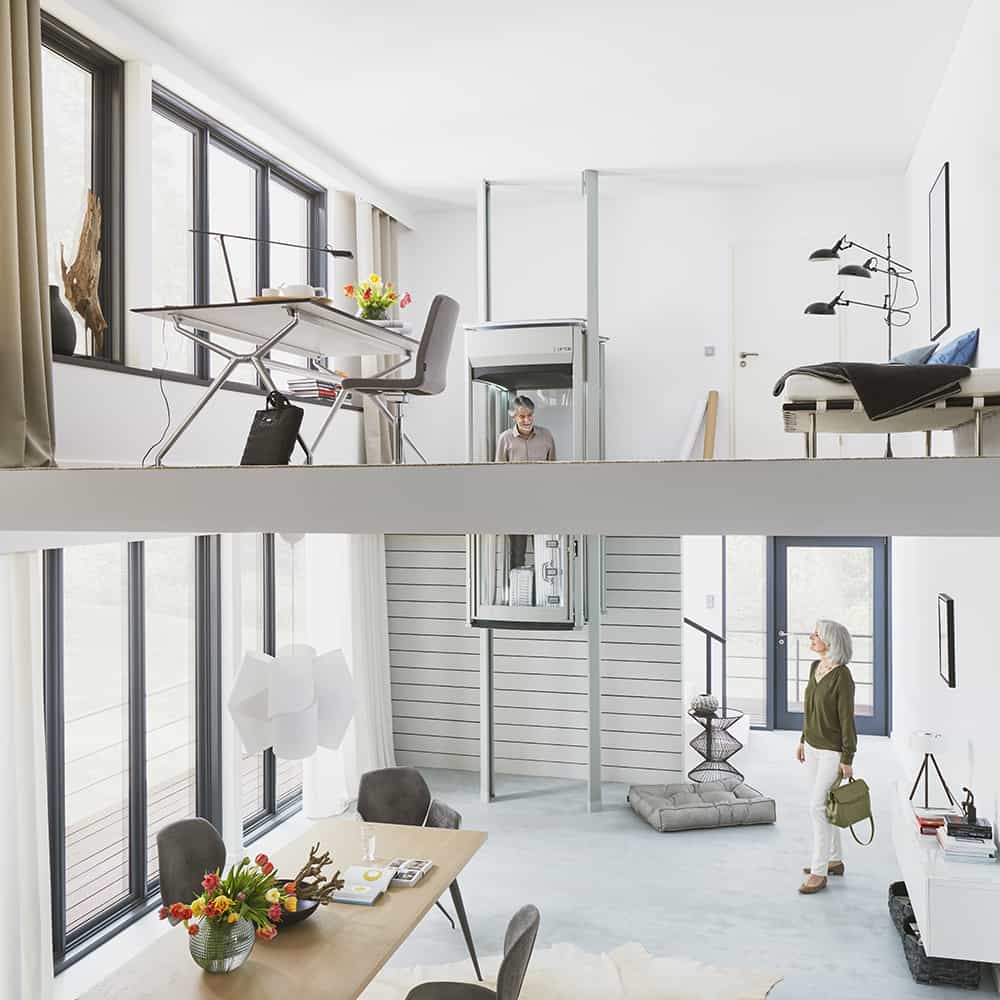 |
4. Remove bathing barriers
For many, the bathroom presents many obstacles. Slick tile becomes extremely hazardous when wet and soapy, and tubs and countertops aren’t forgiving surfaces for those prone to falls. The tub in particular can be challenging given that tubs have tall sides, creating a tricky physical barrier to entry. Luckily, step-in tubs eliminate that barrier, allowing users to step into the tub without straddling the side. This creates a much safer experience, reducing the risk of falls.
In addition to creating an easier entry, consider lining your tub with a slip-resistant surface. At 101 Mobility, our CleanCut bathtub solutions include a slip-resistant surface.
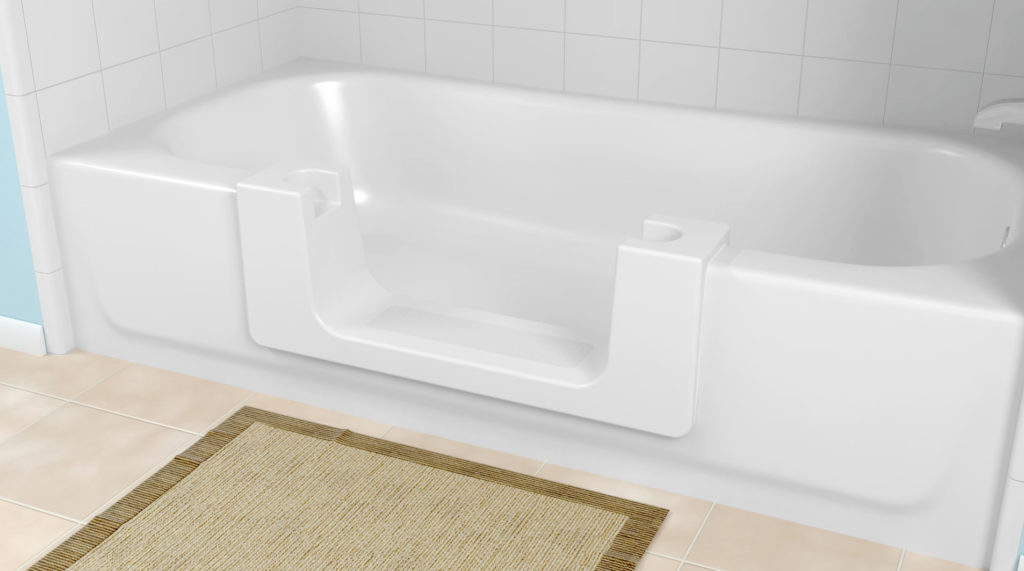 |
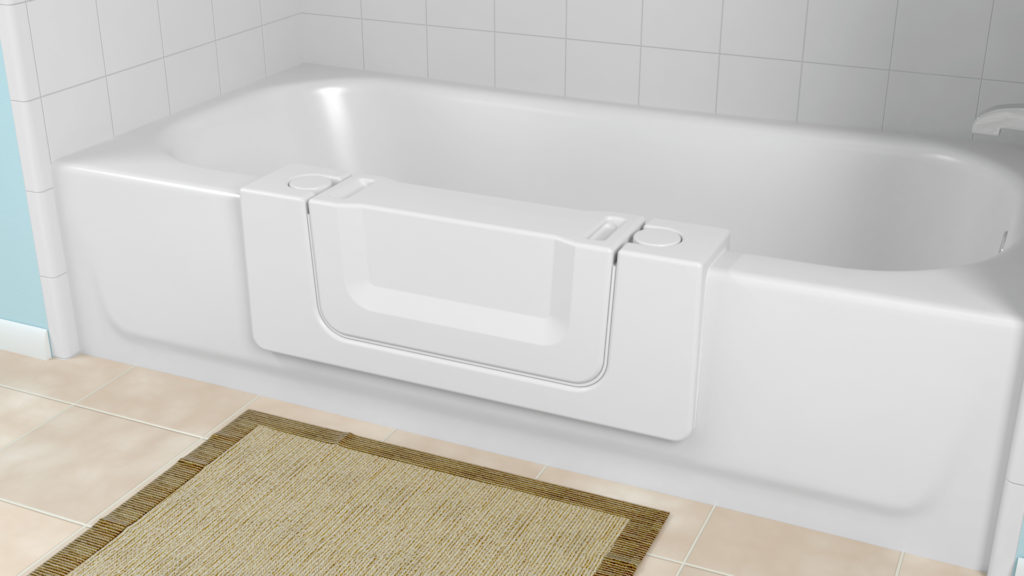 |
5. Update your toilet
In addition to the tub, the toilet is another area of the bathroom that can become treacherous for those with disabilities. Handrails eliminate users need to balance as they sit down and stand up from the toilet. Consider installing a simple safety frame around your toilet to increase the user’s comfort and quality of life.
6. Place handrails in key areas
For those with poor balance, prone to falls, low mobility, or who simply need help getting up out of chairs, beds, or bathroom areas, well-placed handrails can make a world of difference. Grab rails in the bathroom especially will decrease the risk of falls, and help users lift themselves up from seated positions. They increase independence, and create peace-of-mind.
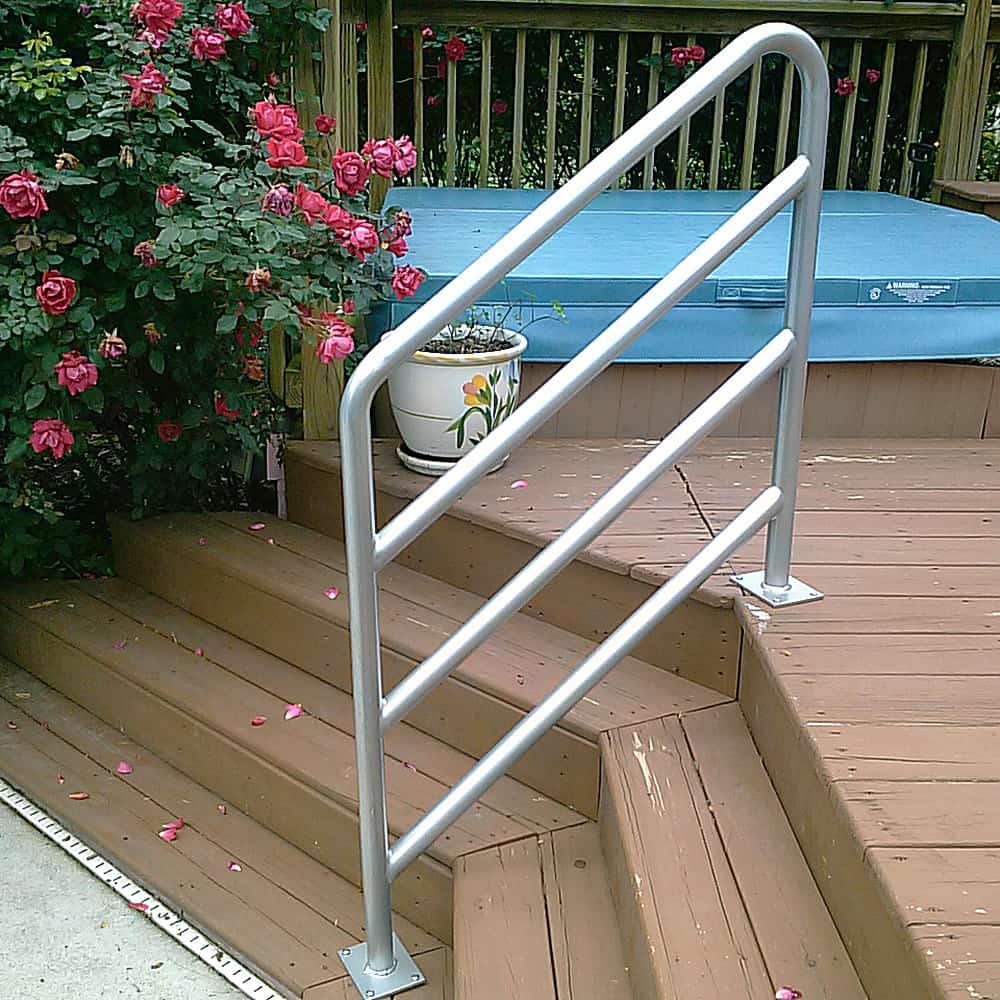 |
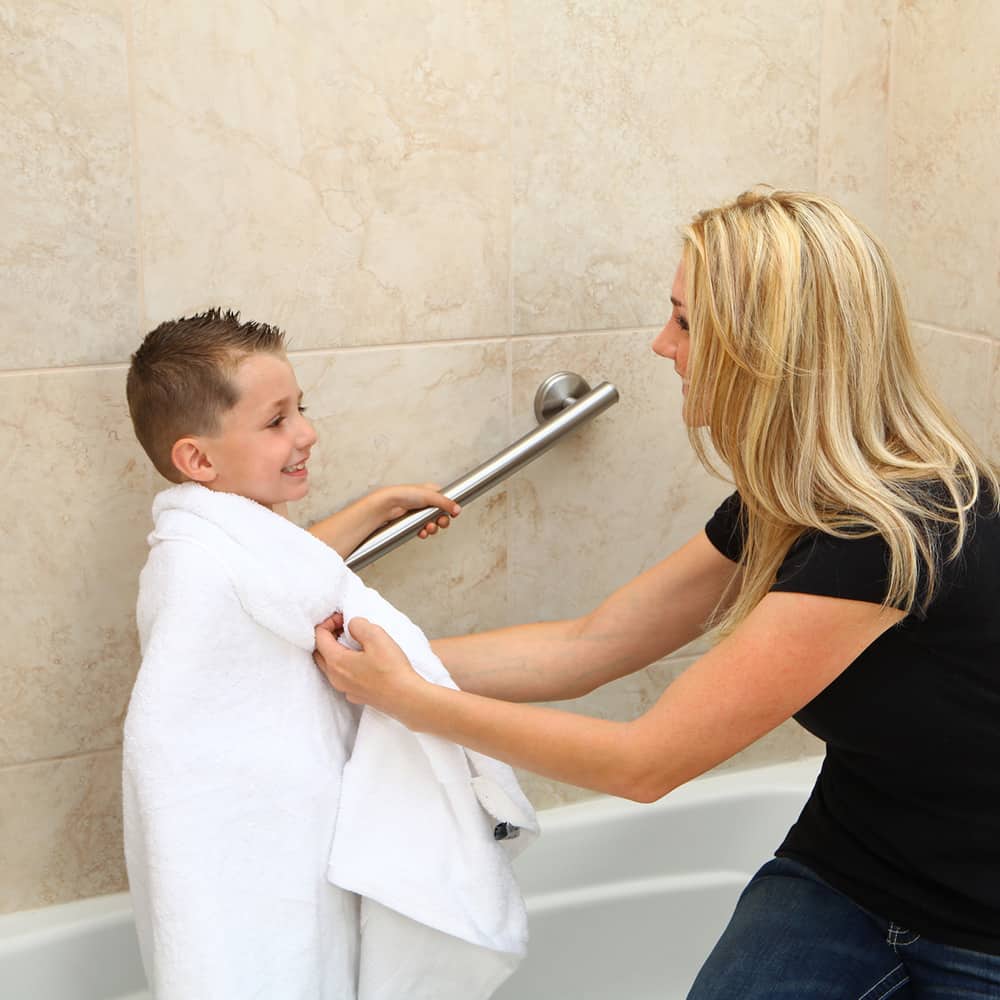 |
7. Ditch doorknobs
Many styles of doorknobs are cumbersome and hard to use for those who have a hard time gripping. Replacing doorknobs with push/pull bars, press lever handles, or even automatic doors will increase your home’s accessibility tremendously.
At 101 Mobility, we install automatic doors to increase hands-free living in accessible homes. These doors can be installed both indoors and outdoors, and enable users to open any entrance with the push of a button. Automatic doors can be installed quickly and easily on almost any door type, and may be customized to be activated from a wide range of devices, such as wheelchair control switches, wall push pads, home control systems, and more. Furthermore, automatic doors do not override manual operations, meaning the doors can still be used manually if desired.
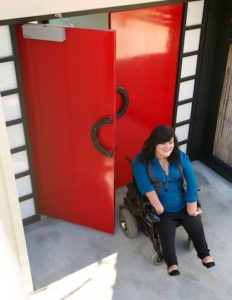 |
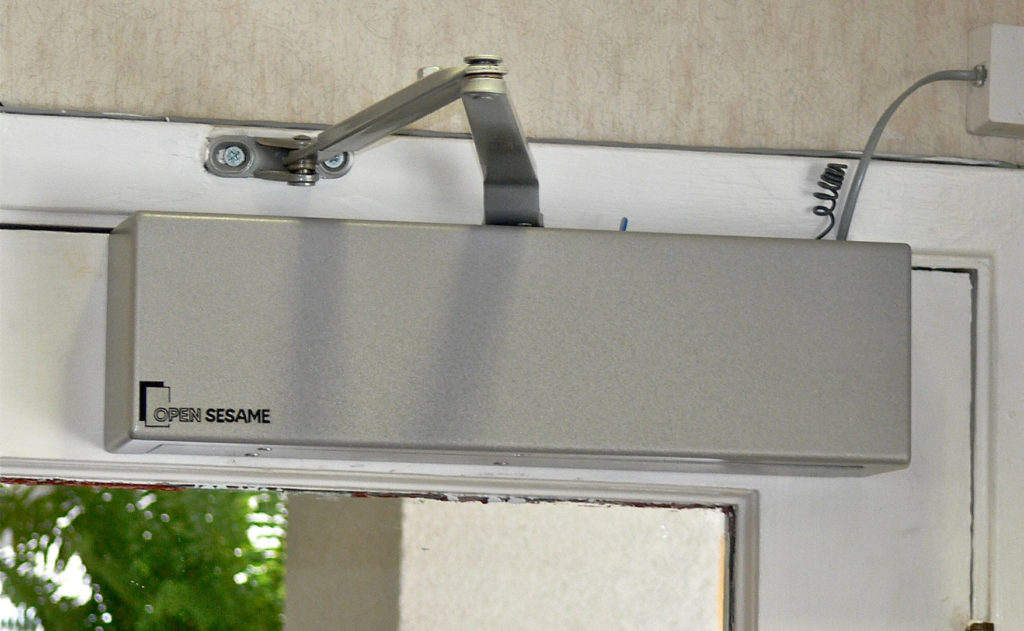 |
8. Simplify pool entry
Backyard pools can be a lot of fun, but they can be hard to use for those with a disability. Ladders or entry stairs don’t allow for those with low mobility to enter, and what’s more, they can pose safety threats if left unadapted. But, pools offer great opportunities for exercise and therapy for many people facing disabilities, and so updating your pool to be ADA compliant is a big part of making your home into a handicap accessible home. There are a great variety of pool lifts that are built to enable safe aquatic entry for the disabled and mobility-challenged. They can support varying weight capacities, are suitable for both aboveground and inground pools, and suit a wide array of aesthetics.
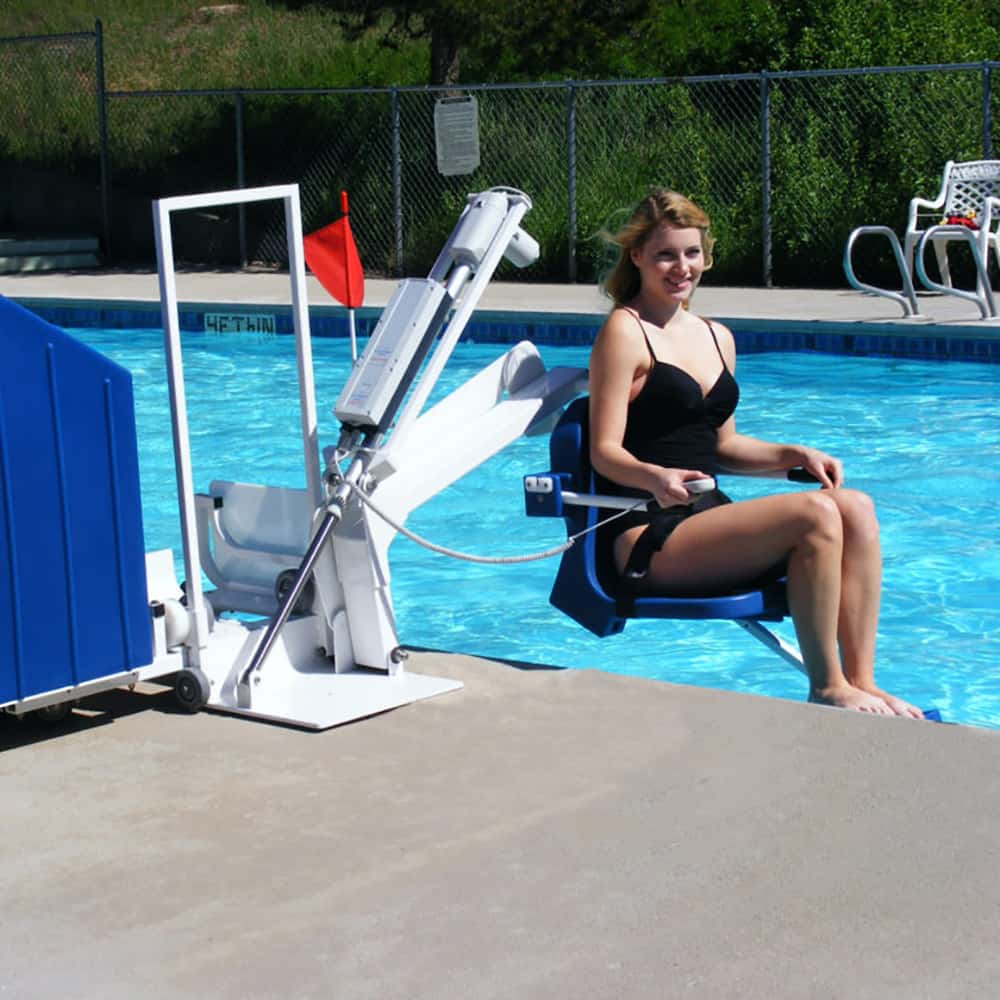 |
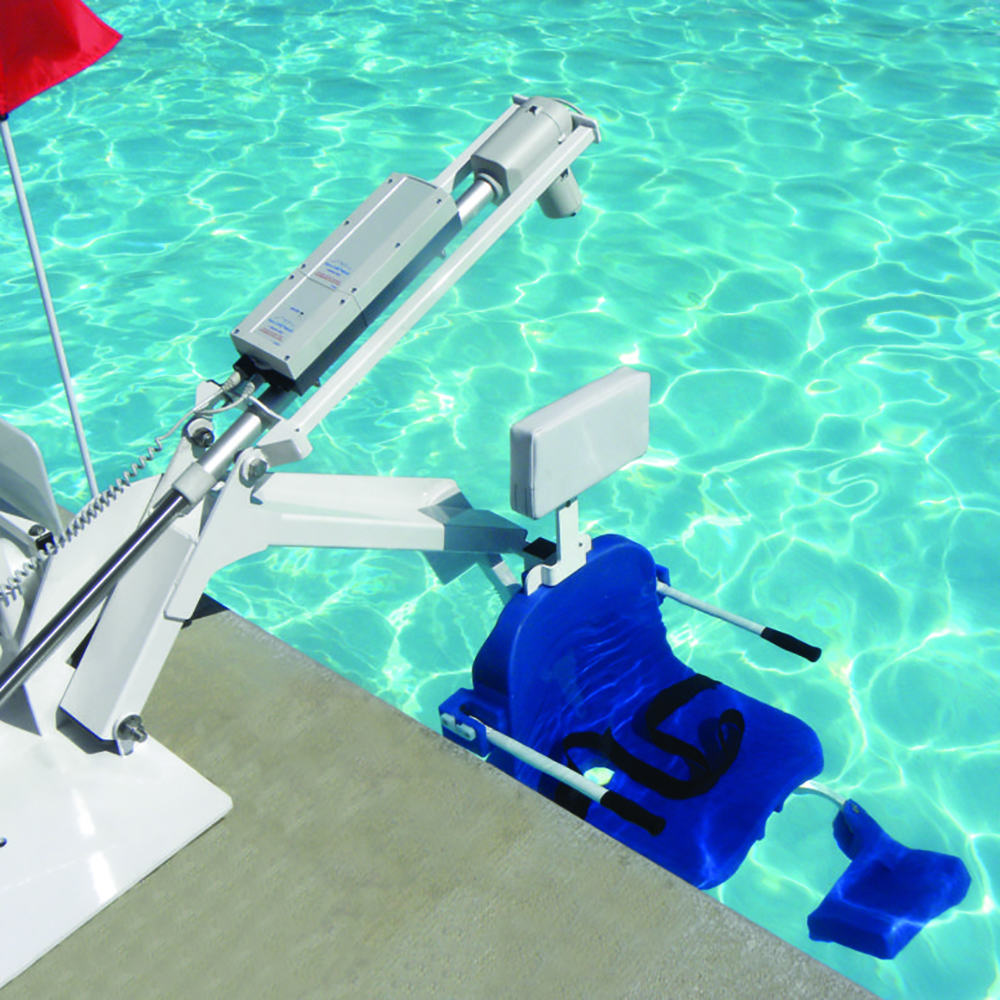 |
9. Rearrange your furniture
Consider the layout of your home. Is your furniture situated so that those with low-mobility or those in wheelchairs can easily get around? Arrange your furniture so that there are no sharp turns or narrow passageways. Make daily use items, such as comfy chairs, bookshelves, and kitchen plates and utensils, easy to access. This may mean moving items to lower shelves for those using mobility devices.
10. Be mindful of your surfaces
As we mentioned, surfaces like tile can become quite slick. Hardwood floors, thick rugs, and rough grout can also be hard for those using mobility devices and aids such as walkers and canes. In some cases, it may be best to carpet your surfaces with smooth, even carpeting. Or, perhaps you should replace some rugs that slip and slide easily. Be sure to install grippy mats in bathrooms and showers. Ensure that all surfaces in your home do not pose any tripping or slipping threats.
Consult with an expert
There are many ways to convert your home into a handicap accessible home for those with disabilities, and the options may seem overwhelming. The good news is, 101 Mobility experts are always standing by to advise you on the best solutions for you and your loved ones. Our home consultation is free, and we’re dedicated to helping you find the right options for your situation. Once you’re ready to adapt your home, our team will install your solutions for you, educating you on the products, proper use, safety features, and maintenance. Our hope is that your updated home feels safe, comfortable, and accessible, now and for the years ahead.
** This post was originally published on https://101mobility.com/blog/10-ways-to-make-a-handicap-accessible-home/

